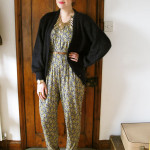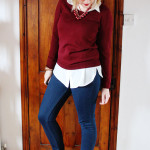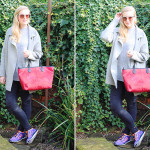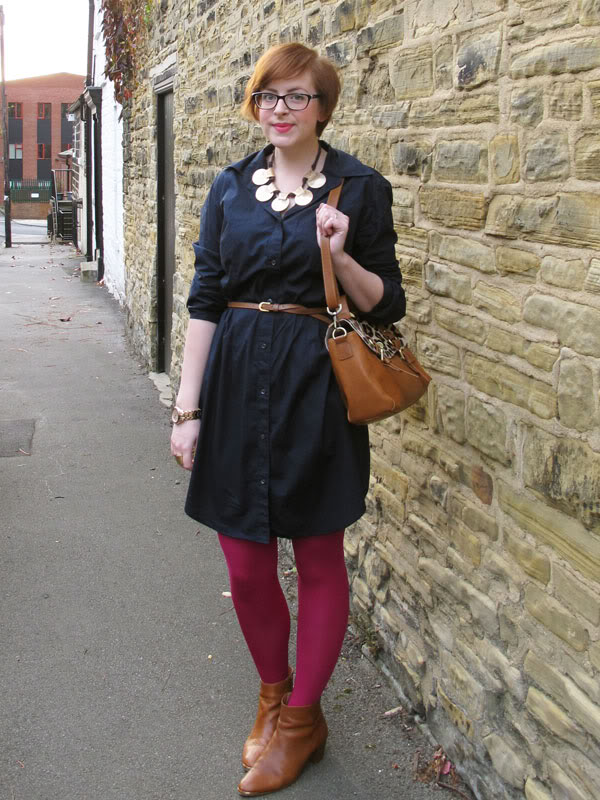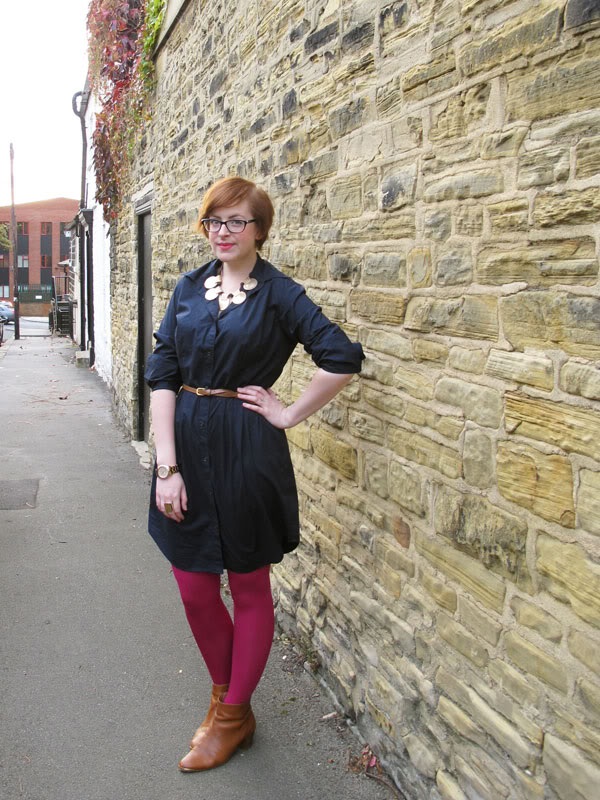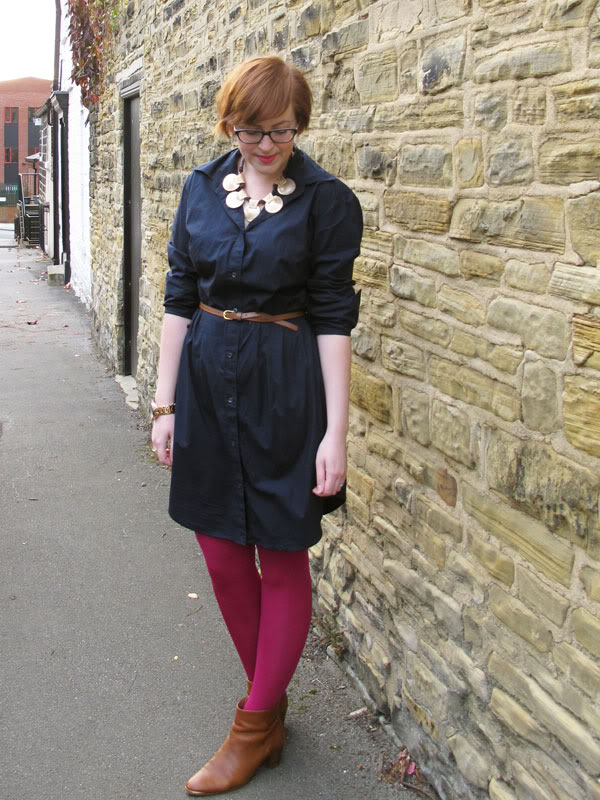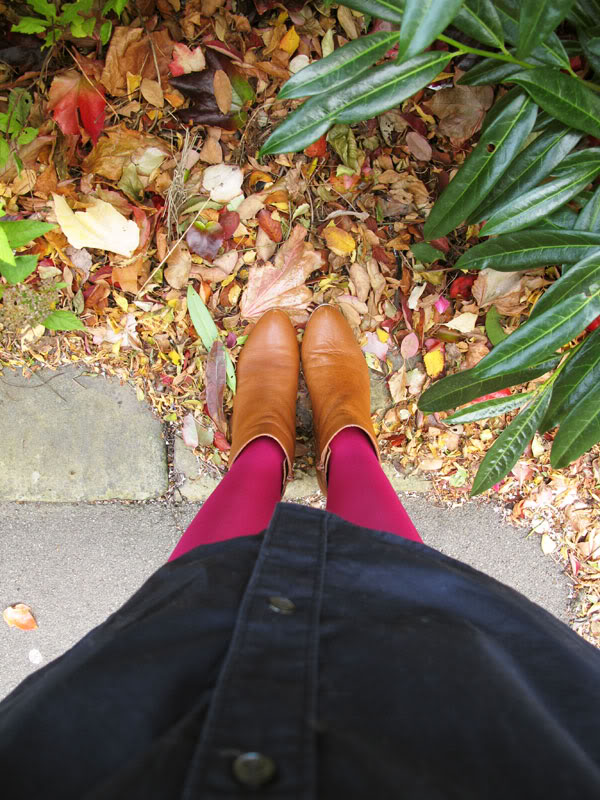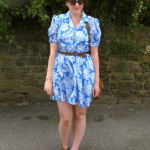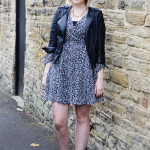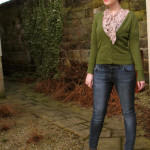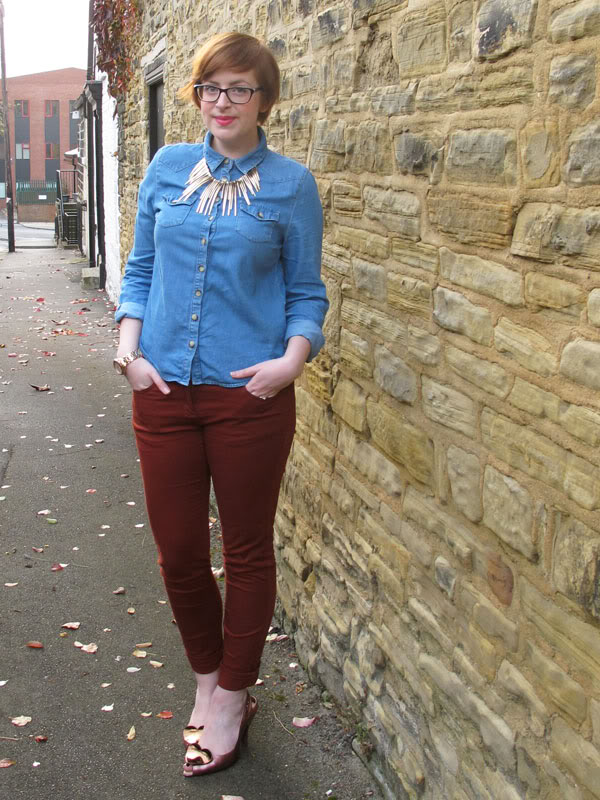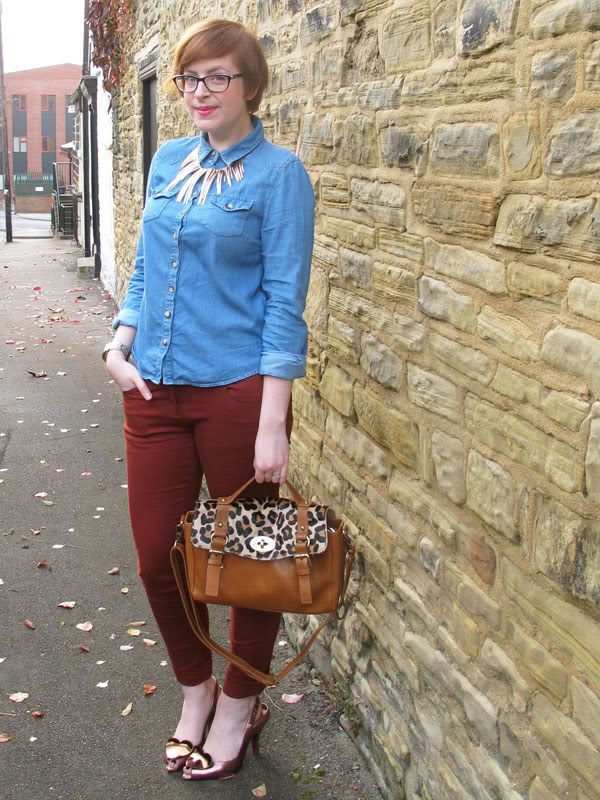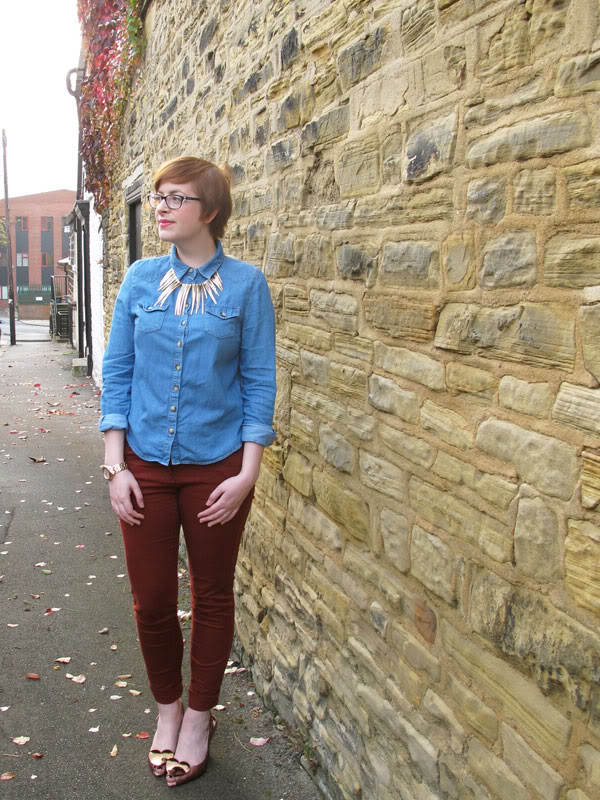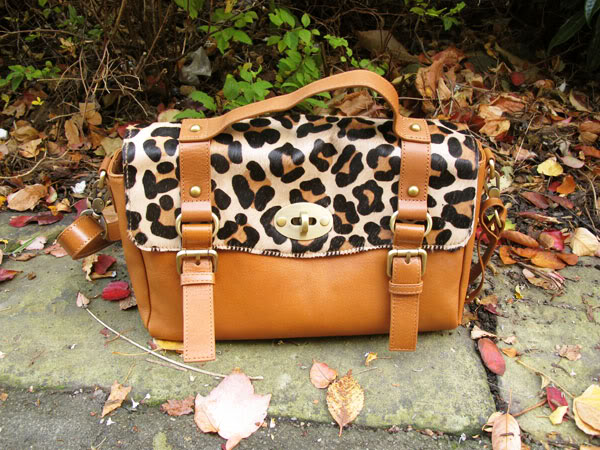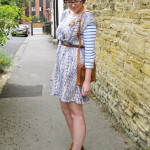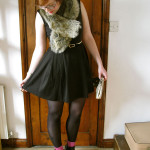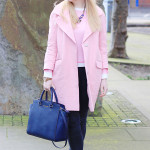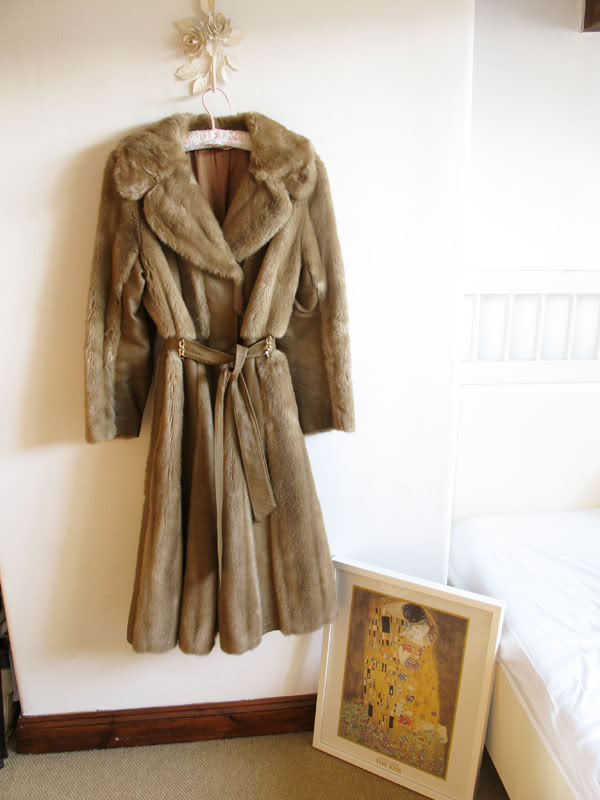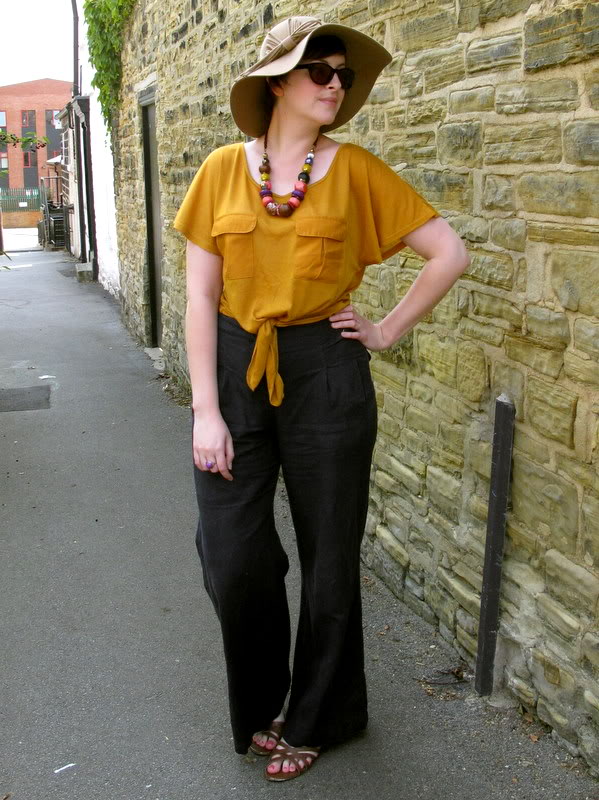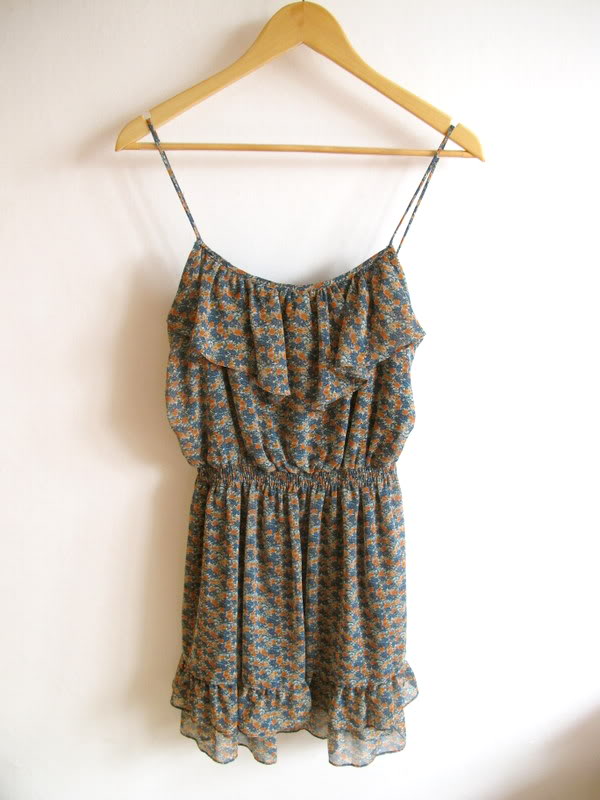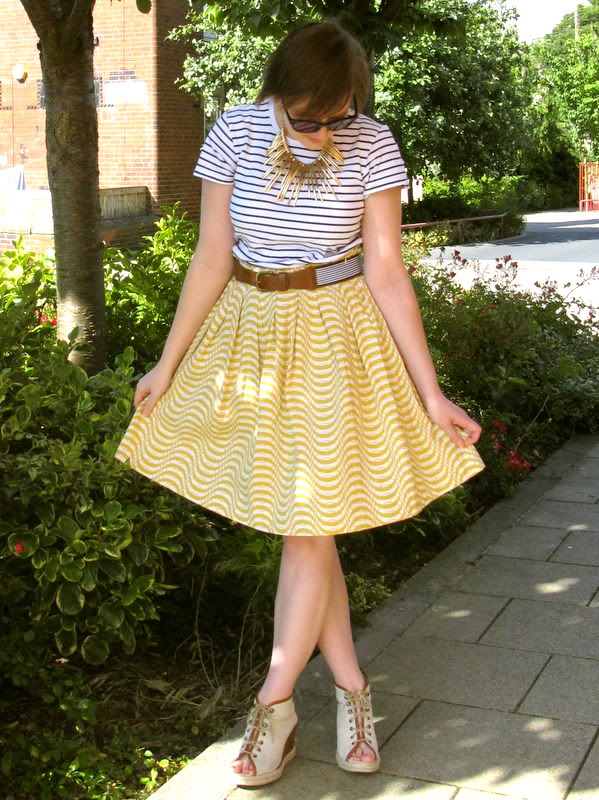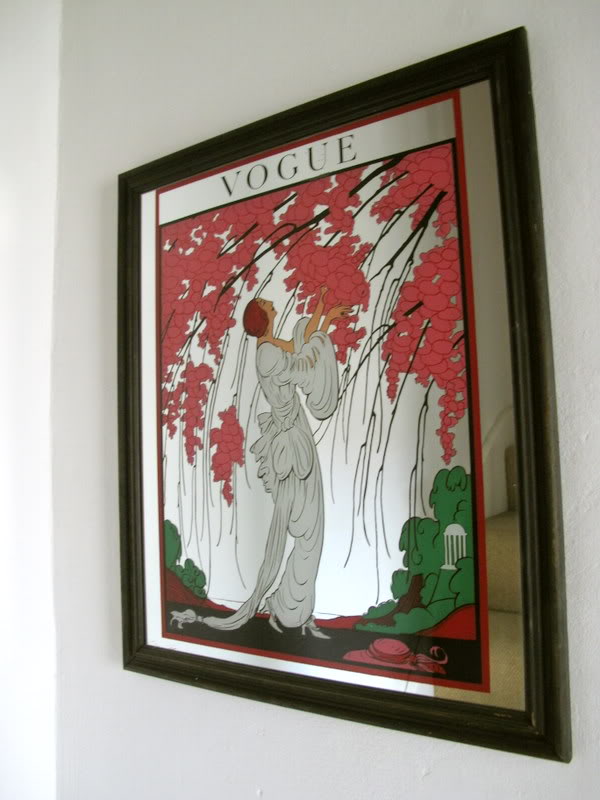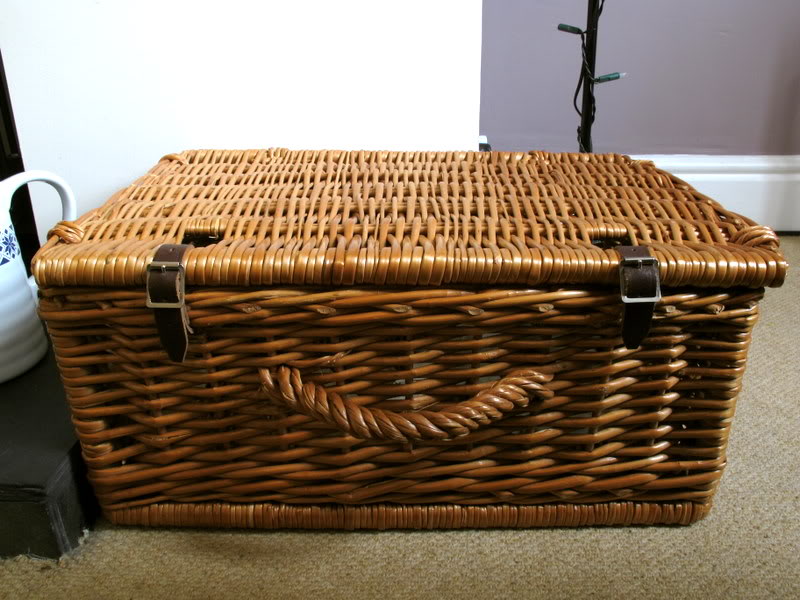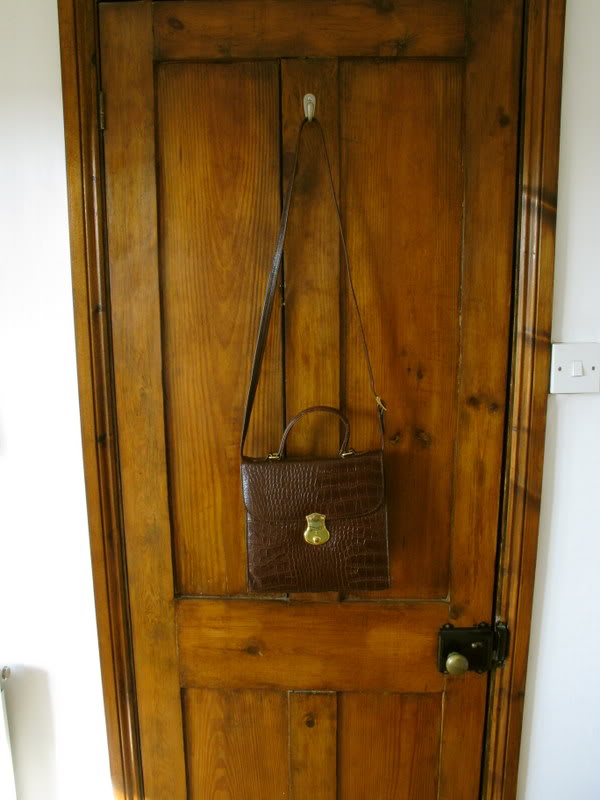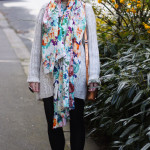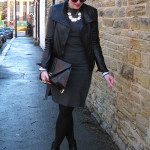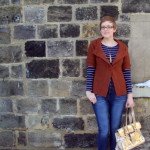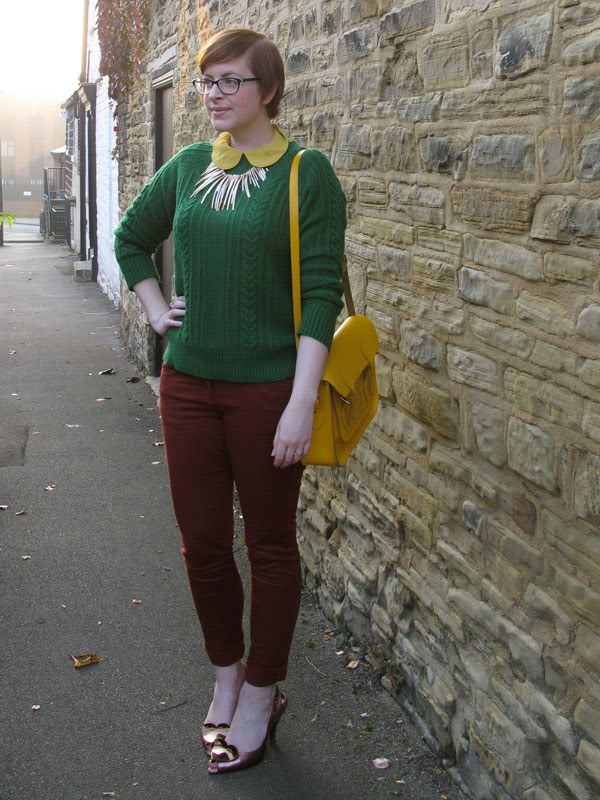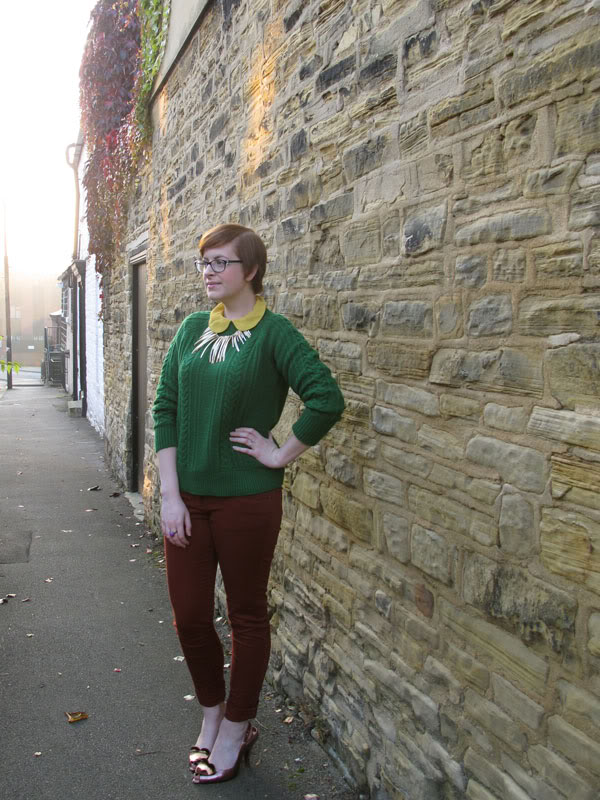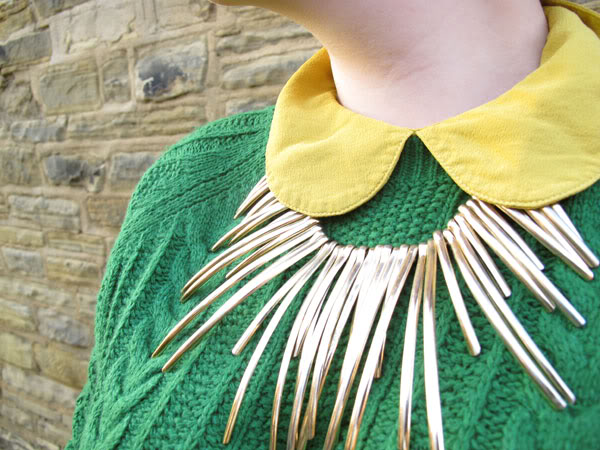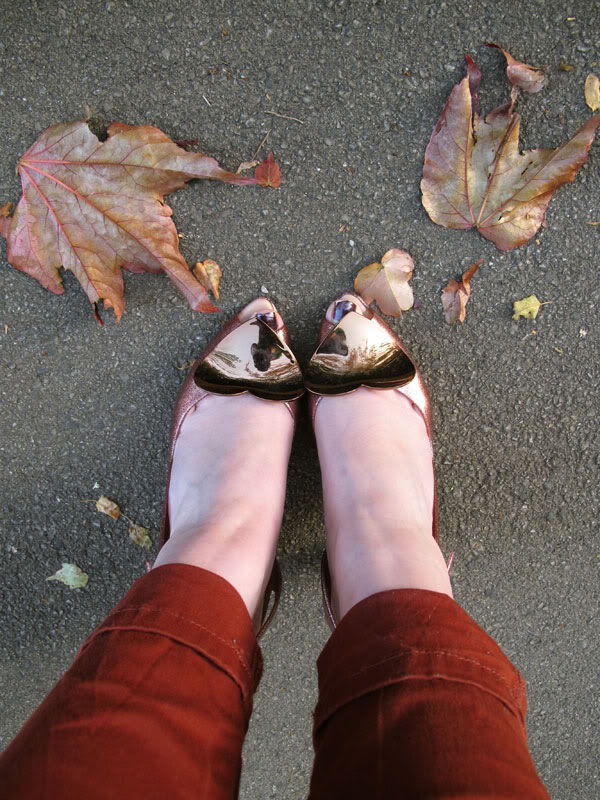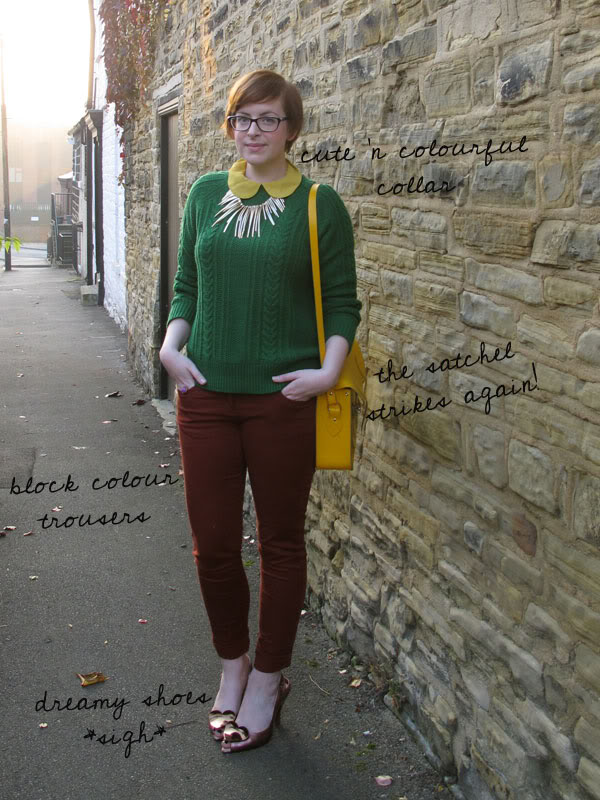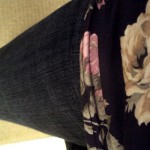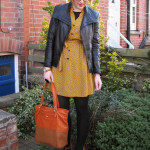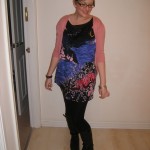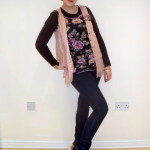It’s fair to say I do a lot of shopping. I love browsing for new things, finding bargains and skipping home with a carrier bag (or two) swinging beside me. I don’t, however, love trying clothes on.
High street changing rooms are a sartorial nightmare. The lighting is hideous, creating cellulite in places you didn’t even know it could exist (my ankles? Really?!). The space is tiny, leaving no room for manoeuvring into those slightly-too-small leather trousers. And there’s never a seat, so don’t even THINK about trying to get your tights back on without stumbling into the curtain and spilling out into queuing shoppers. With such horror waiting for you behind that sheet of polyester, it’s no wonder so many of us despise trying clothing on in-store.
I very rarely brave the changing rooms when I’m shopping. Instead I pick out my size in the items I like, buy them and try them on in the comfort of my own bedroom, where the lighting is flattering and there’s no maximum number of items. But although it seems like the ultimate clothing convenience, there’s a huge problem with trying on clothing after you’ve purchased it – when it comes to women’s clothing, size means nothing.
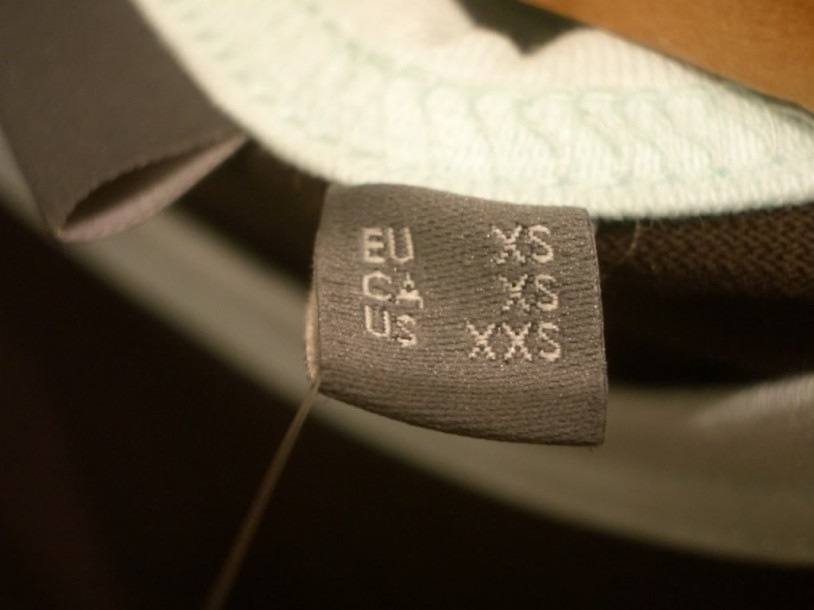
Photo by sporkist
In my wardrobe, I have clothing ranging from size 10 right up to size 18. And all of it fits. The number in the label doesn’t bother me in the slightest – I don’t care what size the industry says I am, I just want to be able to go into a shop and know that an item in that size will fit me. I don’t want to buy a pair of shorts in a size up (because I like them loose), only to find I need at least two sizes bigger because they’re skintight (H&M, I’m looking at you). I don’t want to buy a form-fitting pencil skirt in my normal size, only to find it sags immediately (hello M&S). And I especially don’t want to repurchase my favourite jeans, in the same style, in the same size, only to find they’re far too small (Topshop, you’re guilty).
It’s not just clothing either – shoe sizing varies wildly from shop to shop and even something as fundamental as bra sizing, for which you get professionally measured, is not the same across brands. But why? Is it a vanity thing – are we so body-obsessed that we’d rather see a lower number in the label than have ‘true to size’ clothing in our wardrobe?
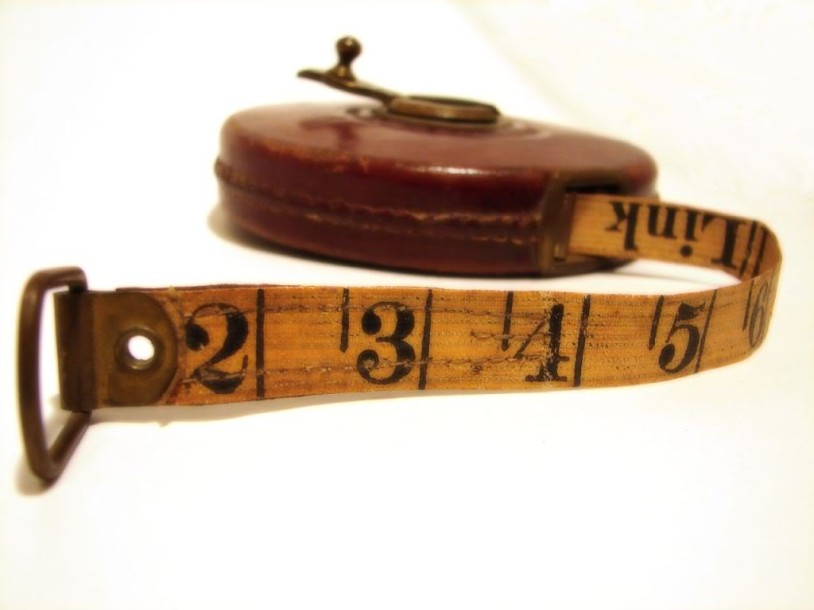
Photo by aussiegall
This post on Retro Chick gives a fascinating look at the actual measurements used by high street stores – information that’s not included in the label. Her Campaign for Clearer Clothes Sizing calls for shops to disclose the measurements they use to cut their items – it’s not about standardising sizing so all size 12s are the same, because not all size 12 bodies are the same. It’s about shops being more open about the true size of their clothing, so we know that in Topshop we might be a 10, but in H&M we’re more like a 14.
For me, I’d like to see some consistency within stores. If I already have a pair of 30/32 jeans in my wardrobe, I expect the same style in the same size to fit… well, the same. Is that really too much to ask?
What do you think – do you struggle with clothing sizes across shops? Are you often left frustrated when you discover the number in the label is a barefaced lie and you’ll have to take the offending item back? What do you think could be done to make clothes sizing clearer and less rage-inducing?







